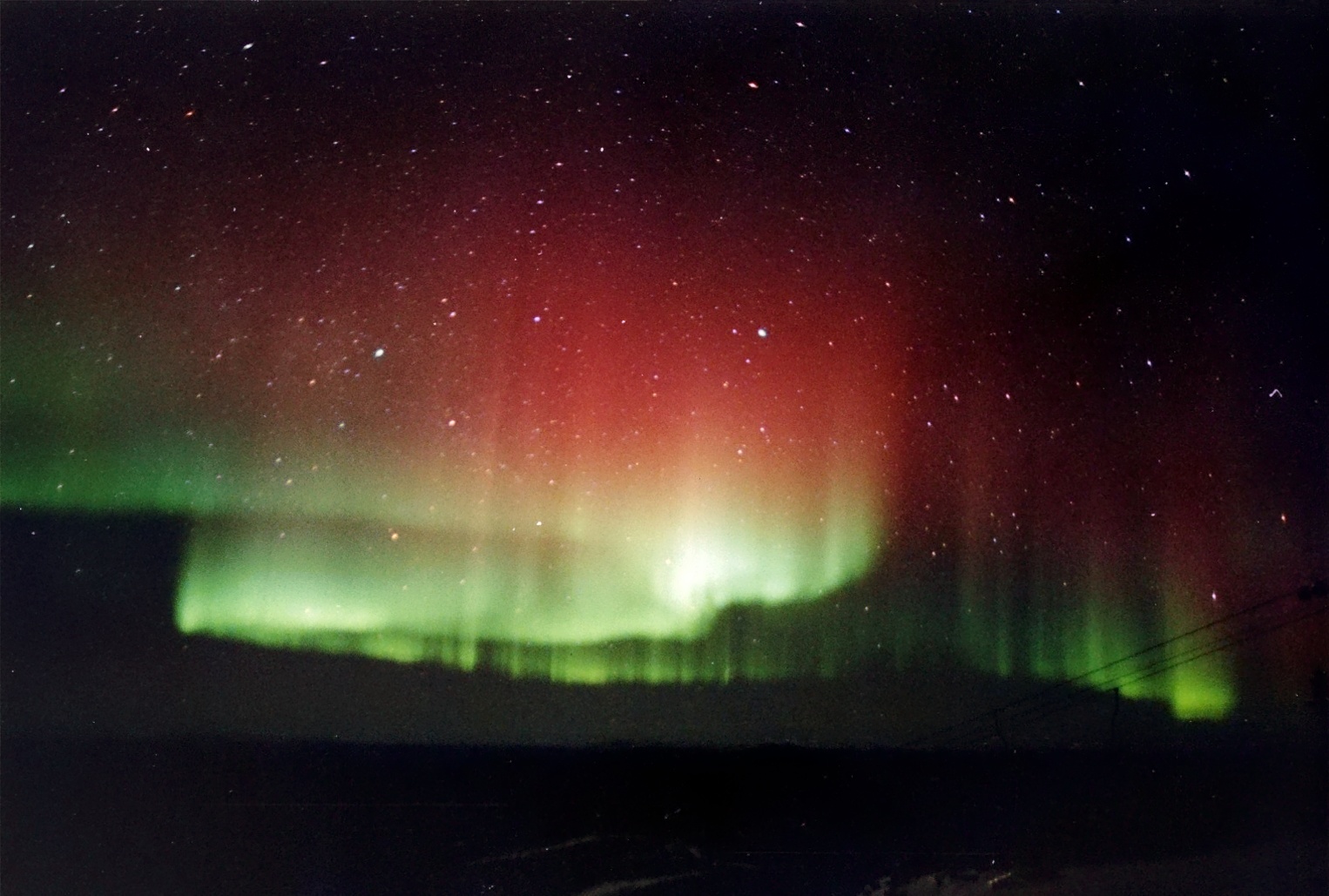The PhD defence and trial lecture are partially digital and streamed using Zoom. The chair of the defence will moderate the disputation. A limited number of seats are available in Origo. To ensure that audience members maintain a safe distance and that the room is not too crowded it is important to sign up if you want to attend the trial lecture and defence in person.
Ex auditorio questions: the chair of the defence will invite the audience to ask ex auditorio questions either written or oral.
Trial lecture
Time and place: Sep. 20, 2021 10:15 AM, Origo and Zoom
Title: "Solar flares".
Destruction of Plasma in Space
My PhD thesis presents new and exciting findings on how turbulent plasma in the ionosphere disappears. Having direct impact on key space technologies, turbulent plasma dissipation is an important topic for the future – without a proper understanding, we cannot safeguard technological assets in space.
The ionosphere is Earth’s closest space environment – here, radiation from the Sun is strong enough to ionize a small portion of the atmospheric gases. Through known physical processes, turbulence forms throughout these gases. Though the growth of such turbulence has been shown great attention, their decay and subsequent decline has not.
Through three closely related papers, my PhD thesis has shed much needed light on this process. In the high arctic, turbulent decay follows local season extremely closely. In the auroral region, on the other hand, high-energy particles from the Sun are collectively the most important reason for turbulence decay. The particle penetrate deep into Earth’s ionosphere, ionizing the lowest layers available. In an unexpected turn of events, the vertical electric connection that follows seem to both create and destroy plasma turbulence in the upper layers of the ionosphere. A new role is then foreseen for the auroral display of lights.

Hvordan forsvinner turbulens i verdensrommet?
Min doktorgradsavhandling presenterer nye funn om hvordan turbulens i verdensrommet forsvinner over tid. Siden dette tema har direkte konsekvenser for romteknologi, er det mer og mer viktig å forstå hvordan slik turbulens forsvinner.
Ionosfæren er et 900 km tykt lag av gas rundt jordkloden, og er jordas nære verdensrom. Her er stråling fra sola sterk nok til at en liten andel av gassene er ionisert, og derfor oppfører seg som plasma. Turbulens i plasma har blitt forsket på i mange tiår, og i verdensrommet oppstår slik turbulens i hele ionosfæren. Men forståelsen av hvordan slik turbulens forsvinner over tid er svært mangelfull.
Gjennom tre beslektede vitenskapelige artikler belyser jeg tema grundig. I de arktiske regionene er turbulens-ødeleggelsen ekstremt sesongavhengig, takket være mørketiden og midnattssolen. På sommeren skapes det en elektrisk kobling mellom de lavere og høyere lagene av ionosfæren, som tilsynelatende både skaper og fjerner turbulens. I nærværet av nordlyset (og sørlyset) er det imidlertid energiske partikler fra sola som styrer ødeleggelsen av turbulens. Høy-energiske partikler trenger dypt ned i ionosfæren, og skaper en svært sterk elektrisk vertikal kobling. En ny uventet rolle for nordlyset oppstår i kjølvannet av min doktorgradsavhandling.
Candidate contact information
Phone number: +4748614865
Adjudication Committee
- Dr. Kirsti Kauristie, Finnish Meteorological Institute, Finland
- Associate Professor Juha-Pekka Vierinen, University of Tromsø; Norway
- Professor Andreas Görgen, University of Oslo, Norway
Supervisors
- Professor Wojciech Miloch, Department of Physics, University of Oslo, Norway
- Associate Professor Lasse Clausen, Department of Physics, University of Oslo, Norway
Chair of defence
- Associate Professor Anette Elonora Gunnæs, Department of Physics, University of Oslo, Norway
Contact information to Department: Line Trosterud Resvold
